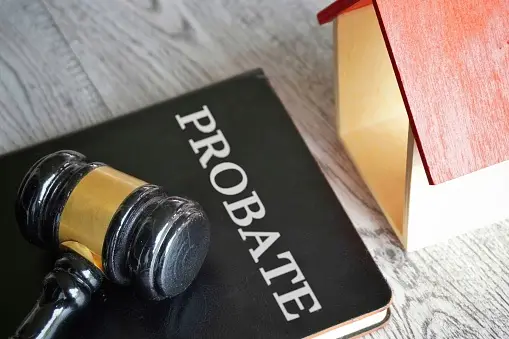Understanding Property Transfer Laws in Texas
Property transfer laws in Texas govern how ownership of real estate is legally changed from one party to another. These laws are crucial for ensuring that the transfer is valid and recognized by the state, protecting the rights of both the transferor and transferee. Understanding these laws can help individuals navigate the complexities of property transactions, whether through sale, inheritance, or gifting.
In Texas, property transfer can occur through various mechanisms, including deeds, wills, and trusts. For instance, a warranty deed provides a guarantee that the property title is clear of any liens, whereas a quitclaim deed transfers whatever interest the grantor has in the property without any warranties. Familiarity with these options allows individuals to choose the best method for their specific situation.
Common Mistakes to Avoid When Transferring Property
Transferring property can be a straightforward process, but several common mistakes can complicate matters. One of the most significant errors is failing to properly document the transfer, which can lead to disputes over ownership and title issues. Ensuring that all necessary paperwork is completed and filed correctly is essential to prevent future legal challenges.
Another frequent mistake is not considering the tax implications of the property transfer. For example, transferring property as a gift may have gift tax consequences, while selling property can trigger capital gains taxes. Engaging with a legal professional can help individuals understand these implications and make informed decisions during the transfer process.
The Role of Attorneys in Property Transfers
Attorneys play a vital role in facilitating property transfers, providing legal guidance to ensure compliance with state laws and regulations. Their expertise helps clients navigate the often complex legal landscape surrounding property ownership, ensuring that all necessary documents are correctly prepared and executed.
Additionally, attorneys can assist in resolving disputes that may arise during the transfer process, such as challenges to the validity of a will or disagreements among heirs. Their involvement can provide peace of mind, knowing that the transfer is being handled professionally and in accordance with the law.
Probate vs. Non-Probate Property Transfers: What You Need to Know
Understanding the difference between probate and non-probate property transfers is essential for anyone involved in estate planning or property transfer. Probate transfers occur through the court system after a person's death, requiring the validation of a will and the appointment of an executor. This process can be lengthy and costly, depending on the estate's complexity.
In contrast, non-probate transfers allow property to pass outside of the probate process, often through mechanisms like joint tenancy or beneficiary designations. These methods can streamline the transfer process and reduce the burden on heirs, making them an attractive option for many individuals. Knowing when to utilize each type of transfer can significantly impact estate planning strategies.



